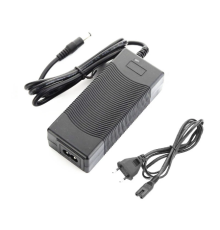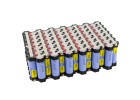
Li-Ion batteries are a type of rechargeable batteries that are widely used in modern electronics, including mobile phones, laptops, tablets, power tools, electric vehicles and other devices. They have a high energy density and fast charging capability, making them very popular with electronics manufacturers and consumers.
The main components of Li-Ion batteries are a cathode and an anode, which are separated by an electrolyte. The cathode is usually made up of lithium and other metal oxides such as cobalt, nickel, or manganese, while the anode is usually made up of carbon. The electrolyte can be organic or inorganic and is used to transport ions between the cathode and anode.
One of the main advantages of Li-Ion batteries is their high energy density, which means they can store more energy per unit mass than other types of batteries. In addition, they have a low self-discharge rate and are maintenance-free, making them very convenient to use. However, they also have some drawbacks such as higher cost, limited life span, and risk of fire or explosion if used or charged incorrectly.
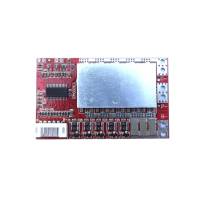
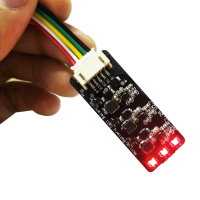
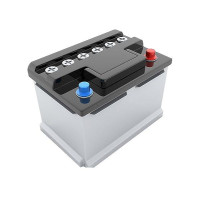
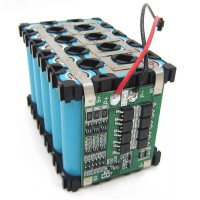
/Li-Ion_12V_13Ah_(3s4p)_1-220x230.png)
/Li-Ion_12V_21Ah_(3s7p)_1-220x230.png)
/Li-Ion_12V_34Ah_(3s10p)_1-220x230.jpg)
